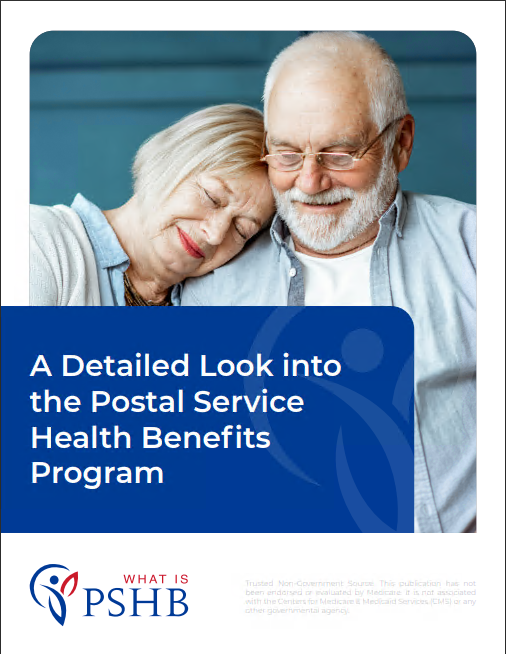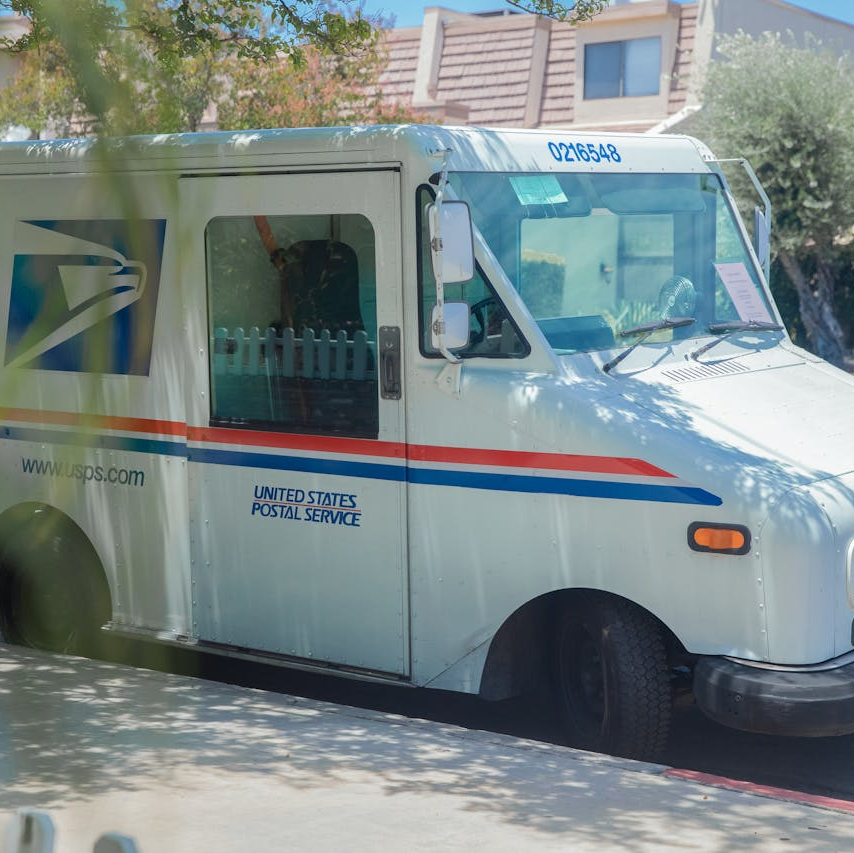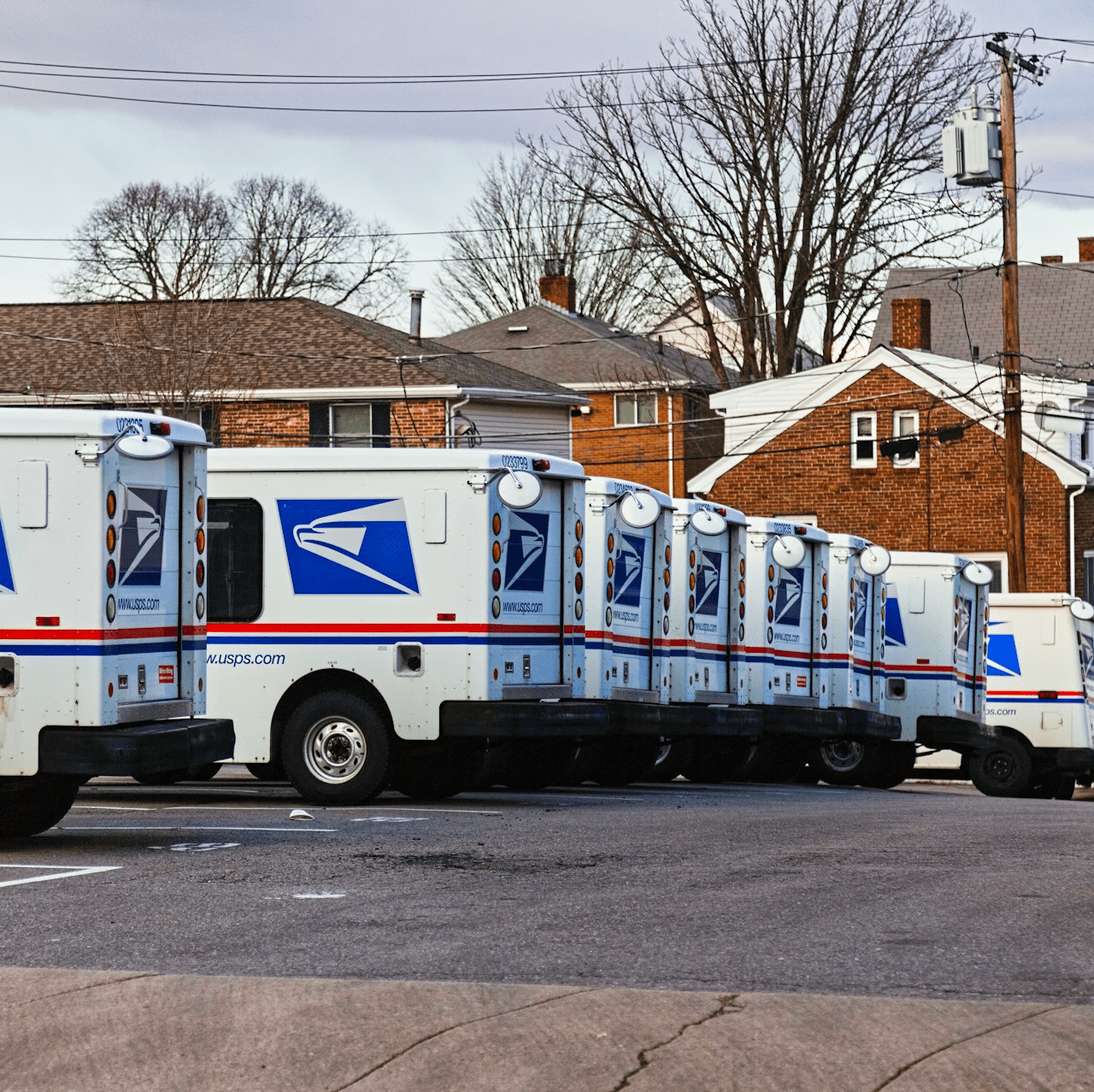Key Takeaways
- USPS employees and retirees need to understand key changes in Medicare and the Postal Service Health Benefits (PSHB) program before 2025.
- Navigating Medicare enrollment alongside PSHB benefits will be critical for USPS workers, particularly those nearing retirement.
Medicare Confusion: What Every USPS Employee Should Know Before 2025 Hits
As 2025 approaches, United States Postal Service (USPS) employees face a major shift in healthcare, particularly with the rollout of the Postal Service Health Benefits (PSHB) program and its intersection with Medicare. These changes may leave many workers confused about their options, benefits, and how to navigate the new healthcare landscape. Understanding Medicare, the PSHB program, and how they work together will be essential for USPS employees to make informed decisions about their health coverage.
The Postal Service Health Benefits (PSHB) Program: A New Era in USPS Healthcare
Beginning in 2025, the PSHB program will replace the Federal Employees Health Benefits (FEHB) program for USPS workers and retirees. The shift to PSHB is designed to streamline benefits for postal workers, but it also introduces new complexities, particularly in how it interfaces with Medicare. USPS employees nearing retirement or already retired will need to adjust to this new system while ensuring they remain compliant with Medicare requirements.
One key change is the mandatory enrollment in Medicare Part B for USPS retirees and their eligible family members who are 65 or older. This requirement means that many postal workers who previously didn’t need to enroll in Medicare will now have to navigate the process. Understanding the PSHB program and its integration with Medicare will help USPS employees avoid unnecessary penalties and lapses in coverage.
How Does Medicare Work for USPS Employees?
Medicare is a federal health insurance program primarily for people aged 65 or older. It’s divided into several parts, each covering different aspects of healthcare:
- Medicare Part A covers hospital stays, skilled nursing facilities, and some home healthcare services.
- Medicare Part B focuses on outpatient care, doctor’s visits, preventive services, and medical supplies.
- Medicare Part C (Medicare Advantage) is a private insurance alternative to Original Medicare, combining Parts A and B and sometimes including additional benefits.
- Medicare Part D covers prescription drugs.
For USPS employees, understanding how these parts work with the new PSHB program is critical, especially as Medicare Part B enrollment becomes mandatory. The coordination between Medicare and PSHB can offer comprehensive coverage, but failing to enroll in Medicare Part B could lead to penalties and a gap in coverage.
Why Is Medicare Part B Enrollment Mandatory for USPS Retirees?
Starting in 2025, USPS retirees who are eligible for Medicare must enroll in Medicare Part B. This requirement is part of the transition to the PSHB program and is designed to ensure retirees have adequate healthcare coverage. For many USPS employees, this will be the first time they are required to enroll in Medicare, and it can feel overwhelming.
The good news is that enrolling in Medicare Part B provides access to additional healthcare services, such as doctor’s visits and preventive care, which may not be fully covered under the PSHB program alone. However, failing to enroll in Part B when eligible could result in late enrollment penalties, which would increase monthly premiums for the rest of the retiree’s life.
Steps USPS Employees Should Take Before 2025
1. Understand Your Medicare Eligibility
USPS employees need to know when they become eligible for Medicare. Most people are eligible for Medicare at age 65, but for those who are still working, the decision to enroll in Part B may depend on whether they are covered by their employer’s health plan. USPS retirees, however, will be required to enroll in Medicare Part B to maintain their PSHB coverage.
To avoid penalties, it’s crucial to enroll in Part B when first eligible. Those who delay enrollment may face late fees that increase over time. USPS workers nearing retirement should plan ahead and understand the timelines for enrollment.
2. Coordinate PSHB and Medicare Coverage
Once enrolled in Medicare, USPS retirees will need to understand how their Medicare coverage interacts with the PSHB program. Medicare typically becomes the primary insurer, and PSHB functions as secondary coverage. This coordination ensures that retirees have comprehensive healthcare, covering most of their medical expenses.
However, it’s important for USPS workers to review their benefits carefully and consult with licensed insurance agents if necessary. Making sure that both Medicare and PSHB work together seamlessly can prevent gaps in coverage and unexpected medical bills.
3. Plan for Prescription Drug Coverage
Medicare Part D provides coverage for prescription drugs, but USPS retirees may also have prescription benefits through the PSHB program. Navigating these overlapping coverages can be confusing, so it’s important to evaluate whether enrolling in Medicare Part D is necessary. Some retirees may find that their PSHB drug benefits are sufficient, while others may benefit from additional coverage under Part D.
USPS employees should review their prescription needs and determine the most cost-effective and comprehensive coverage option for their situation.
4. Review Your Retirement Timeline
The changes coming in 2025 mean that USPS employees need to be proactive about their retirement plans. Workers approaching retirement should factor in the new requirements for Medicare enrollment and the transition to the PSHB program. Understanding these changes now will help prevent any last-minute surprises or gaps in coverage.
Additionally, employees should keep in mind that the transition to Medicare Part B may involve additional costs, as Part B comes with its own premiums. Planning for these expenses as part of retirement can help USPS employees avoid financial stress in the future.
What If You’re Still Working After 65?
Many USPS employees may choose to continue working beyond age 65. In this case, workers can delay Medicare Part B enrollment without penalty if they are still covered by their employer’s health plan. However, once they retire or lose employer coverage, they will need to enroll in Part B during a special enrollment period.
It’s important for USPS workers to communicate with their HR department and licensed insurance agents to understand their options. Waiting too long to enroll after employer coverage ends can result in penalties and a lapse in healthcare coverage.
Common Mistakes to Avoid
As the PSHB program rolls out, USPS employees should be aware of common mistakes that could result in costly penalties or gaps in coverage:
- Missing the Medicare Part B enrollment window: Not enrolling in Part B when first eligible can result in lifelong penalties. Be sure to enroll during your initial eligibility period or special enrollment period.
- Failing to coordinate Medicare and PSHB benefits: Medicare will generally become the primary payer for healthcare services, with PSHB providing secondary coverage. Understanding how these two systems work together is key to maximizing your benefits.
- Overlooking prescription drug coverage: USPS retirees should carefully review their drug coverage options under PSHB and consider whether they need Medicare Part D to avoid high out-of-pocket costs for medications.
Preparing for 2025: Key Takeaways for USPS Workers
The upcoming changes to USPS health benefits and Medicare in 2025 can feel overwhelming, but taking proactive steps now can prevent confusion later. USPS employees should start by reviewing their Medicare eligibility, understanding the PSHB program, and coordinating benefits to ensure they have comprehensive healthcare coverage in retirement.
By staying informed and planning ahead, USPS workers can avoid costly mistakes and ensure that their transition to Medicare and PSHB is as smooth as possible.
Stay Ahead of the Changes
For USPS employees and retirees, 2025 will bring significant changes to health coverage. Understanding Medicare, the PSHB program, and how they work together will be crucial for maintaining coverage and avoiding penalties. Start reviewing your options now and consult with licensed insurance agents if needed to ensure a smooth transition to Medicare and PSHB benefits.












